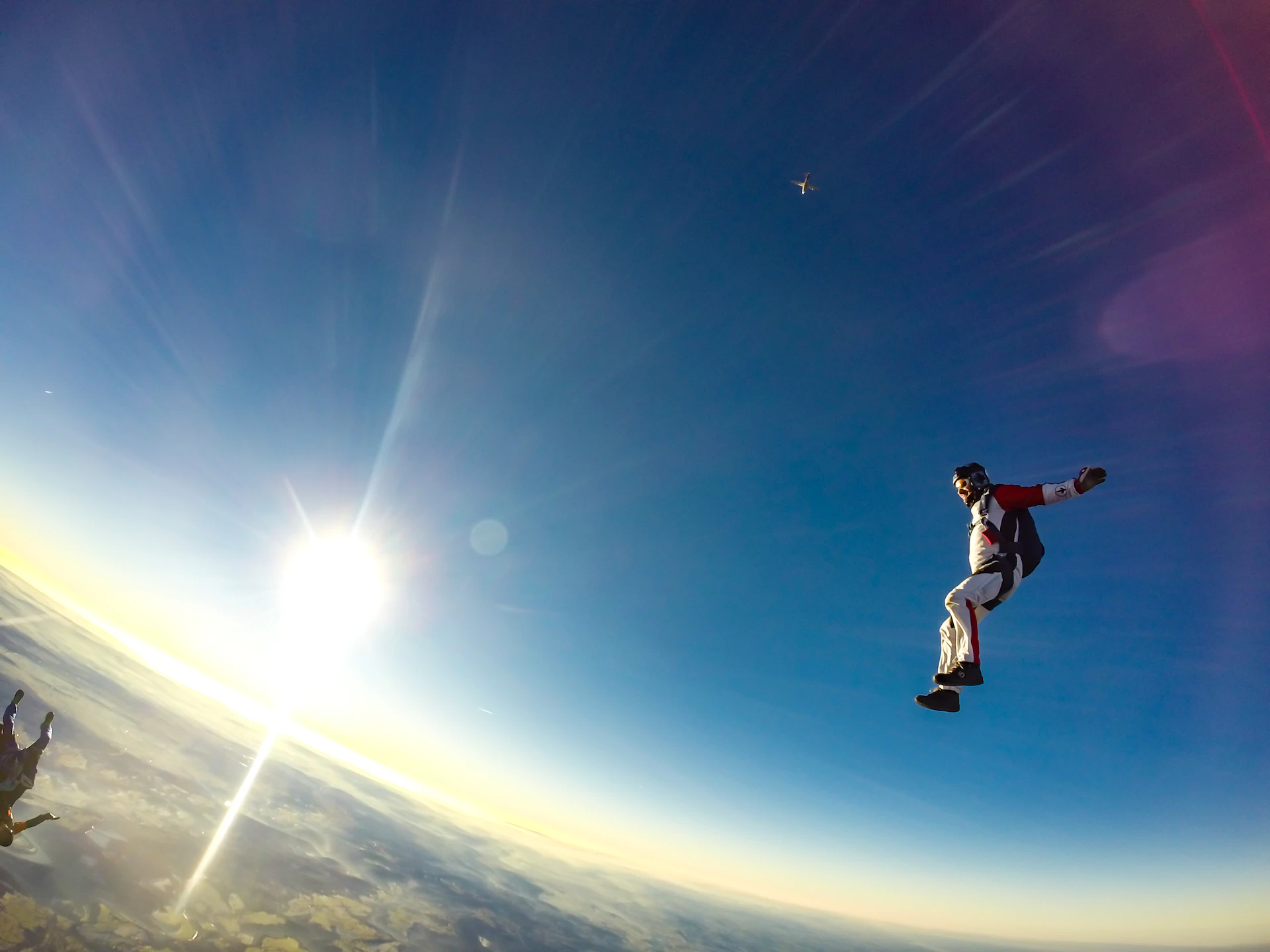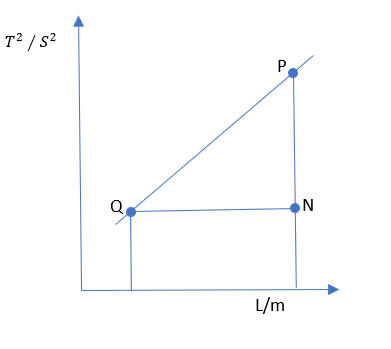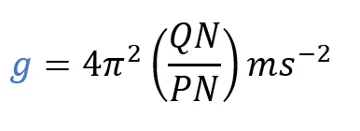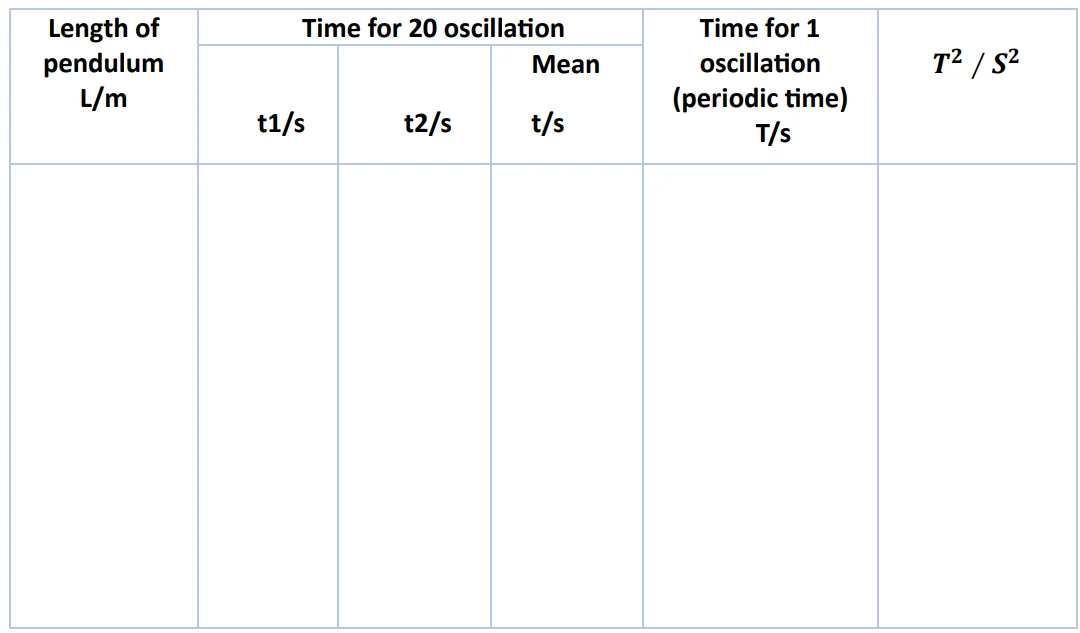1. Introduction of the experiment.
2. Aim of the experiment.
3. Tools of the experiment.
4. Steps and methods of the experiment.
5. Parameter, Graph and Final law of the experiment.
6. Table of The Readings.
7. Medical application and advantages of the experiment.
Acceleration due to the gravity of the Earth is denoted by the symbol g which is the acceleration of a body caused by the gravitational field acting on the body towards the center of the Earth, neglecting air resistance and mass. Gravitational acceleration (g) was first determined by Galileo Galilei in 1604. The law of gravitational attraction was formulated by Sir Isaac Newton (1642- 1727) and published in 1687. The magnitude of g varies over the surface of the Earth in which many measurements were undertaken at different locations on the earth.
–Calculate the acceleration of free fall by means of simple pendulum.

· Pendulum bob(metal sphere with hook or hole through it).
· Cotton.
· Stand and clamp.
· Meter scale.
· Stop watch.
· Improvised vice.

1-Tie a two-metre length of the cotton to the pendulum bob and suspend the cotton from the jaws of an improvised vice, such as two small metal plates held in a clamp.
2-Alternatively two coins, two halves of a cork split lengthwise, or the jaws of a pair of pliers serve equally well for the point of suspension when gripped in a clamp.
3-Place a piece of paper with a vertical mark on it behind the pendulum so that when the latter is at rest it hides the vertical mark from an observer standing in front of the pendulum.
4-Set the pendulum bob swinging through a small arc of about 10°. With a stop-watch measure the time for 20 complete oscillations.
5-setting the watch going when the pendulum passes the vertical mark and stopping it 20 complete oscillations later when it passes the mark in the same direction. Repeat the timing and record both times.
6-Measure the length L of the cotton from the point of suspension to the point of attachment to the bob.
7-Shorten the length of the pendulum by successive amounts of about 10 cm by pulling the cotton through the vice and for each new length take two observations of the time for 20 oscillations.
Parameters:
T: periodic time (s)
L: length of pendulum (m)
g: acceleration if free fall (m/s^2)
PN: difference between 2 periodic times on graph (s^2)
QN: difference between two lengths on graph (m)



7 -Medical Application:
Gravity plays a crucial role in physiology. The lack of gravity, like in long duration spaceflight missions, cause pathologies in e.g., the musculoskeletal system, cardiovascular deconditioning, immune system deprivation or brain abnormalities, to just mention a few. The application of artificial gravity through short-arm human centrifugation (SAHC) has been studied as a possible countermeasure to treat spaceflight deconditioning.